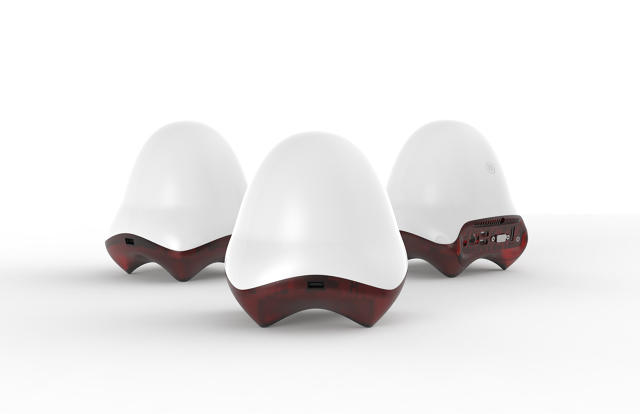On a trip to India, entrepreneur Matt Dalio noticed something about the country’s emerging middle class: While many families owned TVs, few could also afford to have a computer. He had an epiphany. Why not make TV screens double as the monitor for a low-cost, but fully-functioning PC?
For the next three years, he worked with a team to develop Endless, a $169 computer designed for the burgeoning middle class in the developing world. It’s loaded with around 150 apps—from health and farming to Wikipedia—that can work offline, so if someone has a spotty Wi-Fi connection, they can keep working.

“Internet connectivity is unreliable and expensive in the developing world,” says Matt Dalio, CEO and chief of product at Endless. “Unfortunately, most information is available only via the Internet, so we built an app ecosystem and loaded it with apps for health, wellness, education, small business, and personal finance so that people will have access to the information no matter what their Internet conditions.”
The computer is simple to use and update even if someone has never had similar technology. One beta tester, a Guatemalan woman who runs a small business making tortillas in her kitchen, says that she thought that the computer would just be something that her kids would use—but she quickly realized that it could be useful for tracking her own finances.
Unlike some similar products, like the frequently criticized One Laptop Per Child, Endless was apparently designed in closer and deeper contact with the people who will use it. “One Laptop Per Child was an amazing idea with a flawed product and business model,” Dalio says. “The product they produced was rushed to market, hard to operate both physically and from a software perspective and not designed with their target end-user.”

Since the startup is targeting the emerging middle class, that means it can also avoid some of the challenges of designing a product for those living in extreme poverty, like lack of electricity. Endless’s customers will have access to outlets (even if that power might sometimes be intermittent). And they’ll also have TVs. In Mexico, the startup’s first market, around 95% of the population owns at least one television.
The business model is also different than something like One Laptop Per Child; Endless won’t rely on donations. Instead, it’s aimed at customers who have a little extra money, but not enough to buy a typical computer. “We are not a social enterprise,” he says. “We operate just like any business would, on the premise that if we can build a life-changing product, a lot of people will buy it. Our intention is to change a lot of lives with that product and business model.”